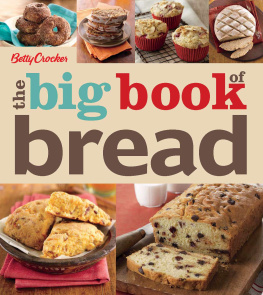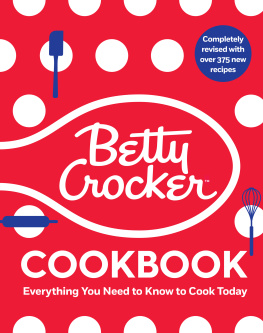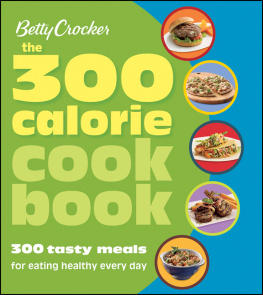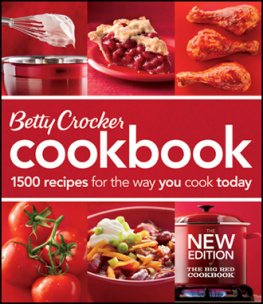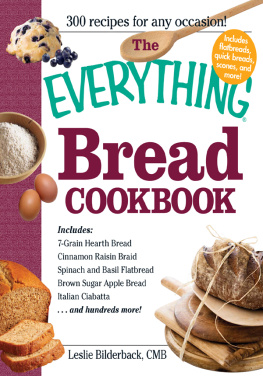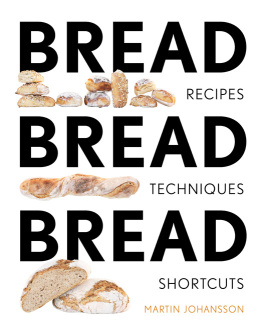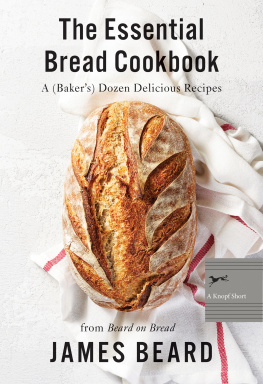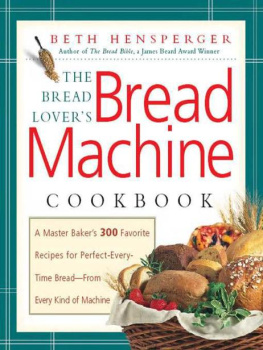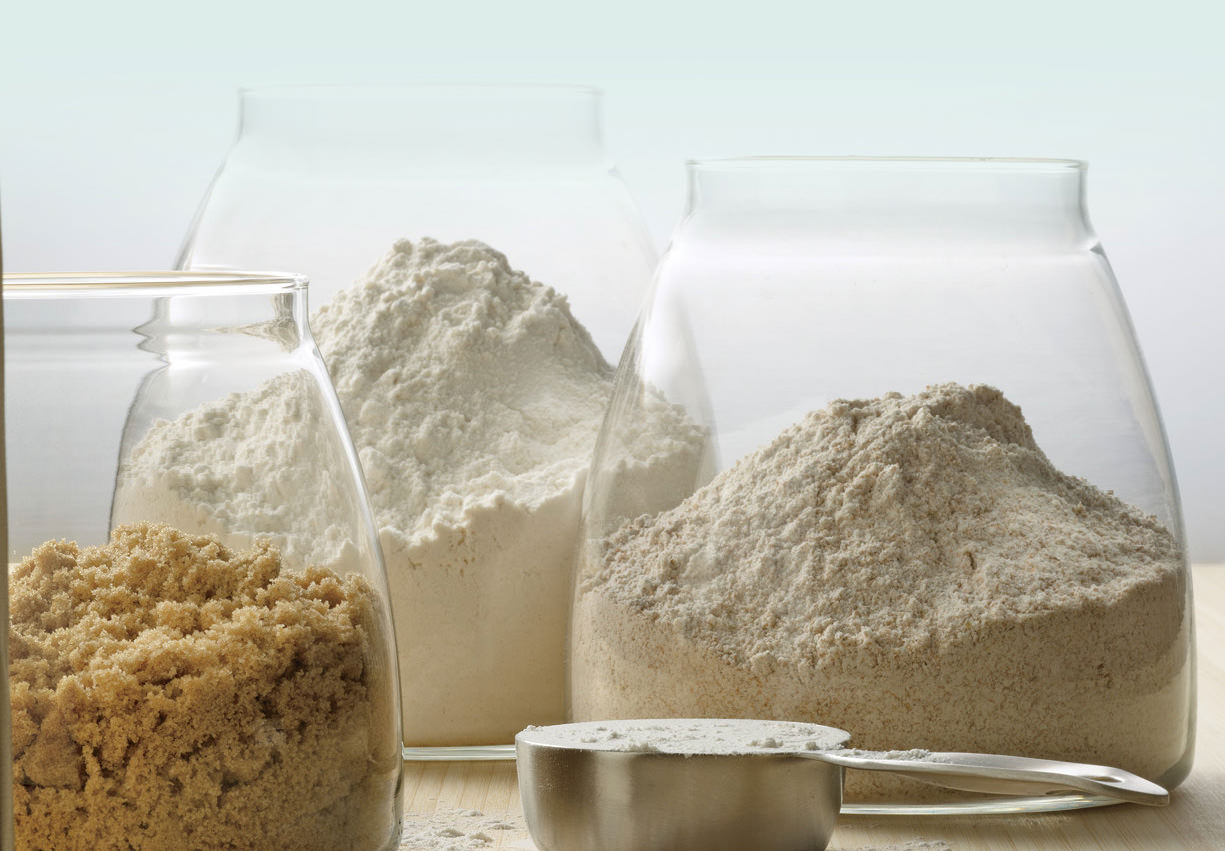Copyright 2013 by General Mills, Minneapolis, Minnesota. All rights reserved.
For information about permission to reproduce selections from this book, write to Permissions, Houghton Mifflin Harcourt Publishing Company, 215 Park Avenue South, New York, New York 10003.
www.hmhco.com
Library of Congress Cataloging-in-Publication Data is available upon request.
ISBN: 978-1-118-45345-2 (pbk.); 978-0-544-17831-1 (ebk.)
Cover Photos: Top (left to right):
General Mills
Food Content and Relationship Marketing Director: Geoff Johnson
Food Content Marketing Manager: Susan Klobuchar
Editor: Grace Wells
Food Editor: Andrea Bidwell
Kitchen Manager: Ann Stuart
Recipe Development and Testing: Betty Crocker Kitchens
Photography: General Mills Photography Studios and Image Library
Photographers: Andy Swarbrick and Erin Smith
Food Stylists: Carol Grones and Karen Linden
Houghton Mifflin Harcourt
Publisher: Natalie Chapman
Editorial Director: Cindy Kitchel
Executive Editor: Anne Ficklen
Associate Editor: Heather Dabah
Managing Editor: Marina Padakis
Production Editor: Jamie Selzer
Art Director: Tai Blanche
Cover Design: Suzanne Sunwoo
Interior Design and Layout: Holly Wittenberg
Manufacturing Manager: Kevin Watt
v1.1113
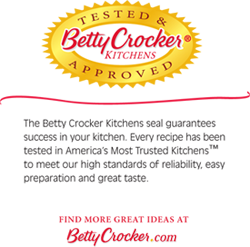

dear friends,
Theres something magical about homemade bread, fresh from the ovenand it doesnt matter what kind of bread it is. It might be a sweet quick bread loaf for brunch or savory muffins that youve made to serve with a meal. You may be looking for a bakery-style no-knead artisan loaf or a simple old-fashioned batter bread. Whatever you crave, youll find it here in this fabulous book.
This Big Book of Bread is filled with more than 200 delicious recipes plus beautiful photos to inspire you. There are traditional favorites like theyre really fun to make for a party. Each recipe is kitchen tested and includes complete easy-to-understand instructions so you can be sure of great results. Plus, there are easy-to-follow how-to photos showing many techniques throughout the book.
Theres even a special feature on how to use up bread that is left over from a mealincluded are creative ways to transform bread into a variety of recipes. What a great idea!
Youll refer to The Big Book of Bread again and again for recipes and ideas to please your family and friends. With complete instructions for an incredible variety of breads and lots of great baking tips, easy bread baking is at your fingertipsso lets start baking!
sincerely,
the world of bread!
Making any kind of bread is certainly not difficultmany types are fairly simple, but some loaves require just a bit more effort and patience to get to the final result. But with the information here, youll be mastering the art of bread baking in no time! And theres a whole array of breads to samplefrom easy quick breads to more complicated yeast breads made the traditional way or in the bread machine. Theres even an assortment of coffee cakes and doughnuts to round out the choices.
Quick breads include loaves, muffins, scones and biscuits. Because they are leavened with baking powder or baking soda instead of yeast, these are probably the quickest, simplest type of bread to makethey are mixed up quickly and can be baked right after mixing. Novice and accomplished bakers alike can offer fresh-from-the-oven goodies in no time with these bread choices.
Yeast breads can take just a bit more time and practice to makebut the aroma and fresh-baked results are worth all of the effort and wait! Types of yeast bread include traditional kneaded breads, no-knead artisan-style breads and batter breads. Yeast is the leavening agent in these breads, so proper rising time and technique are important for good results.
be bread smart
For all types of bread, use shiny pans and cookie sheets, which reflect heat, for the best results. If you are using dark or nonstick pans, reduce the oven temperature by 25F. These darker pans absorb heat more easily than shiny ones, causing baked goods to brown more quickly. Insulated pans offer a different challengethey often require slightly longer bake times and result in bread that may be less brown.
Bake bread in the center of the oven and allow at least 2 inches of space around pans for heat circulation. Follow baking directions in the recipe carefully for time and doneness. Cut cooled bread with a serrated knife, using a light sawing motion.
tips for perfect quick breads
- For the best results, use butter. If you choose to use margarine, be sure the product has at least 65% fat. Do not use reduced-fat butter or whipped products.
- Overmixing makes quick breads tough. Mix the batter for loaves and muffins with a spoon, not an electric mixer, just until the dry ingredients are moistened. For biscuits and scones, mix or knead lightly for as long as indicated in the recipe.
- To prevent loaves from becoming gummy or soggy, do not increase the amount of fruit or vegetables called for in a recipe.
- Grease the bottom only of loaf or muffin pans unless directed otherwise. This prevents a lip or dry, hard edge from forming.
- Cracks will often form on the top of quick breads. This is caused by leavening action during baking and is normal.
- Cool loaves completely (about 2 hours) to help prevent crumbling when slicing.
muffin success
The best muffins are golden brown, slightly rounded with bumpy tops, tender, moist, even textured and easy to remove from the pan. Here are some things that can happen, with solutions to help.
Pale oven was not hot enough
Peaked or smooth top too much mixing
Tough and heavy too much flour or mixing
Dry too much flour, oven too hot or baked too long
Tunnels (holes inside muffin) too much mixing
Sticks to pan pan not greased correctly
Perfect Muffin: This muffin is slightly rounded with a bumpy top.
Overmixed Muffin: This muffin has a peaked, smooth top.
Overbaked Muffin: This muffin is dry with a rough top and is too brown.
tips for perfect yeast breads
- Use the type of flour called for in the recipeall-purpose and bread flour are generally interchangeable, so you can often use either one.
- Check the expiration date on the package of yeast to ensure it is fresh. Too much heat will kill the yeast and too little prevents growth. Follow directions in the recipe for activating the yeastuse a thermometer to check for the correct liquid temperature.

